Is Your Redness Rosacea? Signs, Symptoms, and Treatment
What Is Rosacea? (It’s Not Just ‘Blushing’)
Rosacea is more than just the occasional flushed cheeks or redness after a hot shower. It’s a chronic inflammatory skin condition that can show up as persistent redness, visible blood vessels, and acne-like bumps, most commonly on the face—but it doesn’t always stop there. Some people also experience symptoms on the neck, chest, scalp, or even in the eyes (a lesser-known type called ocular rosacea).
What makes rosacea especially tricky is that it’s often misdiagnosed. It can look a lot like acne, especially when there are pustules or papules, or be confused with eczema or contact dermatitis because of the redness and sensitivity. But rosacea has its own distinct triggers and flare patterns.
It tends to appear in cycles—with flare-ups that come and go—and while there’s no one-size-fits-all symptom list, the most common signs include:
- Persistent facial flushing or redness
- Broken capillaries or visible blood vessels (called telangiectasia)
- Bumps that resemble acne, but without clogged pores
- Skin that feels tight, sensitive, or burns easily
- Swelling or thickening of the skin in more severe cases
In some cases, rosacea can also affect the eyes, causing dryness, irritation, and redness, which is often overlooked until symptoms worsen.
The cause? Still a bit of a mystery, but it’s believed to involve a combination of genetics, immune system overreaction, and environmental triggers.
Recognising the Symptoms
- Flushing or persistent redness (can look pink or purple).
- Visible broken capillaries (spider veins).
- Acne-like bumps or pustules.
- Burning or stinging sensations.
- Eye symptoms (dry, red, swollen eyelids).
- Skin thickening, especially on the nose (rhinophyma).
- Facial swelling and rough texture.
Types of Rosacea: Not All Redness Is the Same
Rosacea isn’t a one-size-fits-all condition. It actually comes in four main subtypes, and each presents a little differently—some more visibly than others. Understanding which type you’re dealing with is key to choosing the right treatment and avoiding triggers.
1. Erythematotelangiectatic Rosacea (ETR)
This is the classic, most recognized form.
What it looks like:
- Persistent redness, especially across the cheeks and nose
- Flushing that may come and go but becomes more permanent over time
- Visible blood vessels (telangiectasia) that look like fine red lines
How it feels:
- Often accompanied by stinging, sensitivity, or burning
This subtype tends to worsen with triggers like sun, stress, alcohol, or spicy foods.
2. Papulopustular Rosacea
Often mistaken for adult acne.
What it looks like:
- Red bumps and pustules that resemble breakouts
- Usually appears alongside facial redness and swelling
How it feels:
- Skin may feel tender, inflamed, or sore
Unlike acne, these bumps aren’t caused by clogged pores, and treating it with acne products can sometimes make it worse.
3. Phymatous Rosacea
A more advanced form, usually developing over time.
What it looks like:
- Thickened, bumpy skin, especially on the nose (called rhinophyma)
- Can also affect the forehead, chin, and ears
How it feels:
- Skin may look and feel rough or swollen, often accompanied by enlarged pores
More common in men, and if left untreated, may require laser or surgical correction.
4. Ocular Rosacea
Rosacea doesn’t always stay on the skin—sometimes it affects the eyes.
What it looks like:
- Red, watery, irritated eyes
- Swollen eyelids, frequent styes, or the feeling of grit in the eyes
How it feels:
- Burning, itching, and dryness in or around the eyes
Because it often flies under the radar, this type is frequently undiagnosed until symptoms worsen.
What Triggers Rosacea?
One of the most frustrating things about rosacea is how easily it can flare up—often from things you wouldn’t expect. What’s fine for one person may be a major trigger for another, but some culprits are common across the board.
Here are the most well-known rosacea triggers to watch for:
- ☀️ UV Exposure – Sun is a top trigger. Even a little unprotected exposure can lead to a flare-up. Daily SPF is non-negotiable.
- ☕️ Hot Drinks or Spicy Foods – Heat and spice dilate blood vessels, which can bring on redness and flushing.
- 🍷 Alcohol – Especially red wine, which is infamous for triggering flushing in rosacea-prone skin.
- 🧘 Stress & Intense Exercise – Emotional stress or overheating during workouts can lead to a sudden flare.
- 🌬️ Harsh Weather – Wind, cold, and dry air can all irritate sensitive skin and lead to redness.
- 🧴 Certain Skincare or Medications – Harsh exfoliants, alcohol-based toners, or even some prescription drugs (like topical steroids) can worsen symptoms.
👉 Tip: Keeping a rosacea diary to track food, activities, and weather conditions can help you identify and avoid your personal triggers.
Causes & Risk Factors
So what causes rosacea in the first place? The truth is, scientists still aren’t 100% sure—but they have a few strong theories, and it’s likely a mix of several factors.
Here’s what research points to:
- 🧬 Genetics – If rosacea runs in your family, you’re more likely to develop it too.
- 🛡️ Overactive Immune Response – Some people may have an exaggerated immune reaction to harmless triggers, leading to ongoing inflammation.
- 🕷️ Demodex Mites – These microscopic skin mites naturally live on everyone’s skin, but people with rosacea tend to have higher numbers, especially around the nose and cheeks.
- 🧫 Gut Bacteria (H. pylori) – There’s some evidence linking Helicobacter pylori, a common stomach bacteria, to rosacea in certain individuals.
- 🔬 Cathelicidin Imbalance – This skin protein helps protect against infection, but in rosacea-prone skin, it may become overactive, leading to redness and swelling.
Who’s more at risk?
- Adults between 30–50 years old
- People with fair skin, especially those who blush or flush easily
- Individuals with a family history of rosacea
- Women are more often diagnosed, but men may experience more severe symptoms
Treatment Options: Managing, Not Curing
There’s no one-size-fits-all treatment for rosacea—and unfortunately, no permanent cure. But the good news is that with the right approach, you can significantly reduce symptoms and flare-ups. Treatment is often a combination of medication and lifestyle changes, tailored to your skin’s specific needs.
💊 Medications
Topical Treatments (applied directly to the skin):
- Azelaic Acid – A gentle anti-inflammatory and brightener that helps reduce redness and acne-like bumps.
- Metronidazole (e.g., Rozex®) – A prescription gel or cream with antibacterial and calming properties, great for everyday use.
- Ivermectin – Targets inflammation and Demodex mites, making it a great option for more persistent papulopustular rosacea.
Oral Treatments:
- Doxycycline or Minocycline – Low-dose antibiotics used not for their antibacterial effect, but for their anti-inflammatory benefits. Often prescribed when flare-ups are moderate to severe.
Brimonidine Gel:
- A topical gel that constricts blood vessels, providing temporary relief from facial redness within minutes. Great for special occasions or daily use under makeup.
✨ Procedures
Laser or Light Therapy:
- Ideal for visible blood vessels and long-term redness. Treatments like PDL (pulsed dye laser) or IPL (intense pulsed light) target broken capillaries and flushing. Multiple sessions may be needed, but results can be long-lasting.
Surgical Options:
- In more advanced cases, particularly with rhinophyma (thickened skin on the nose), surgical debulking or CO₂ laser resurfacing may be recommended to reshape the area.
Everyday Management Tips: Your Skincare Game Plan
Daily habits go a long way in keeping rosacea calm. Think of it as building a “skin comfort zone.”
- 🧴 Keep it gentle – Use fragrance-free, non-foaming cleansers and skip anything labeled “anti-aging” or “deep-cleansing.”
- ☀️ Sunscreen is a must – Daily use of SPF 30+, preferably a mineral sunscreen with zinc oxide or titanium dioxide, helps prevent UV-triggered flares.
- 💧 Moisturise, even if you’re oily – A soothing, non-comedogenic moisturiser strengthens your skin barrier and reduces irritation.
- 🚫 Avoid your personal triggers – Once you’ve identified what sets you off (heat, wine, spicy foods), try to steer clear.
- 🎨 Tone down redness with makeup – Use mineral-based makeup and look for green-tinted primers or correctors to visually neutralise flushing.
When to See a Dermatologist
Rosacea can be stubborn, and sometimes, home care just isn’t enough. It’s a good idea to consult a dermatologist if:
- Your facial or eye symptoms keep coming back or aren’t improving
- You notice pain, burning, or thickened skin, especially around the nose
- Over-the-counter products aren’t working—or are making things worse
A professional can provide a clear diagnosis and recommend treatments tailored to your skin, helping you get things under control faster and more comfortably.
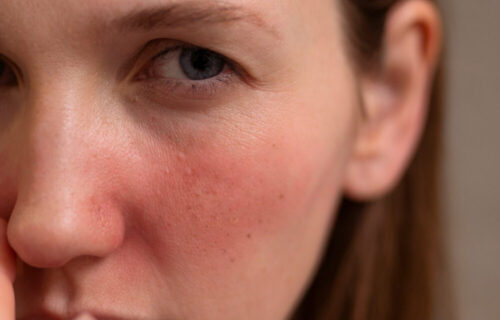
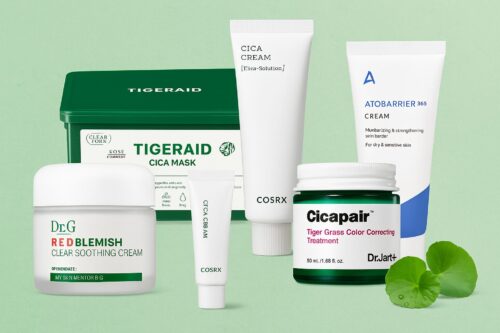
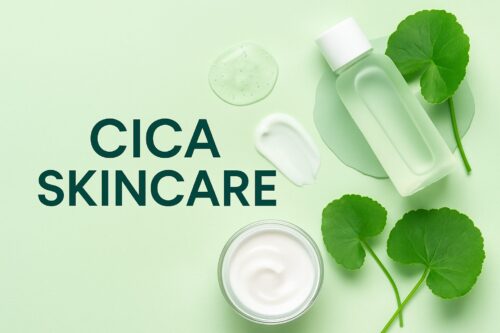
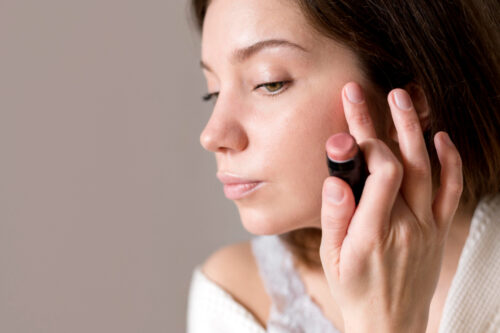
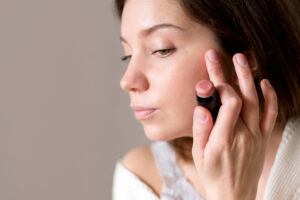
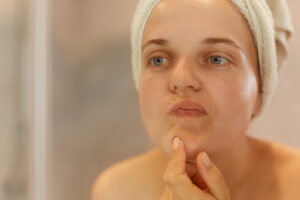
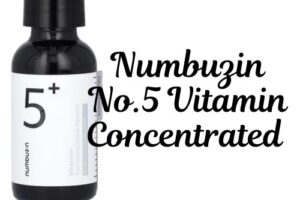
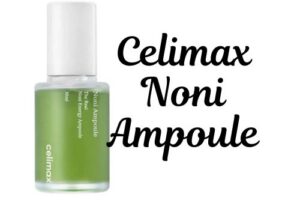
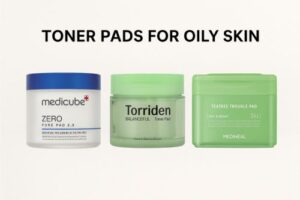
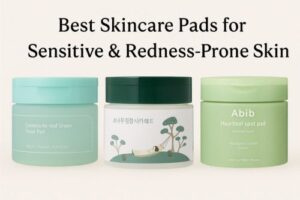
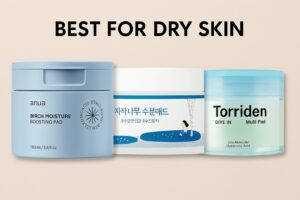
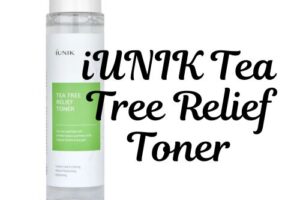
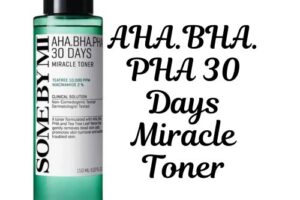
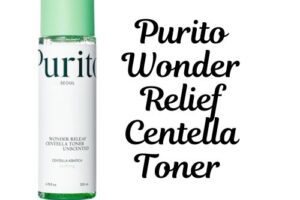
Post Comment